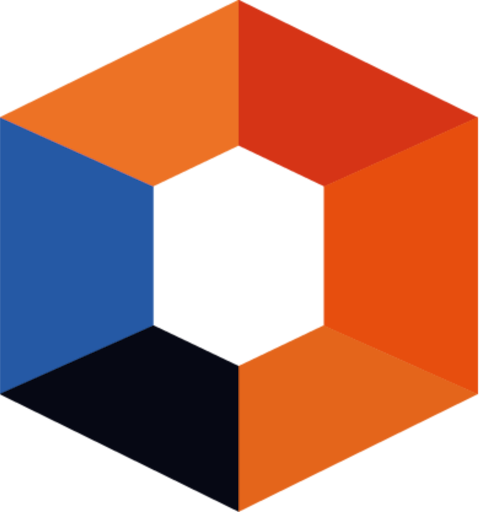Adobe's latest move says everything: integrating OpenAI, Google, and Flux into Firefly. They're no longer building the future—they're curating it.
Here's the uncomfortable truth: Adobe surrendered. While Tencent's Hunyuan Image 3.0 dominates the #1 spot with 80 billion parameters and Google's Nano Banana rewrites image editing, Adobe is building a shopping mall for other people's intelligence.
It's strategic retreat dressed as partnership.
When the Leader Becomes the Follower
Adobe generated 22 billion assets with Firefly. Impressive numbers that hide an uncomfortable truth: they’re retrofitting generative AI into tools designed for pixel-by-pixel manual labor in 1988.
Photoshop was revolutionary when designers needed layers, masks, and clone stamps. When skill was the bottleneck.
That world is gone.
The Models Adobe Refuses to Compete With
The real leaderboard tells a different story than Adobe’s press releases.
Tencent Hunyuan Image 3.0 — Currently #1 on LMArena with 80 billion parameters, the largest open-source image model ever released. It just dethroned Google and crushed Adobe’s entire lineup.
Google Gemini 2.5 Flash Image (Nano Banana) — Held the #1 spot until Tencent took it. Still dominates in image editing, character consistency, and multi-image fusion. Adobe had to integrate it into Firefly because they couldn’t compete.
Alibaba Qwen-Image — Renders complex text and Chinese characters with precision Adobe’s models can’t touch. Multimodal architecture that thinks in design language.
Alibaba Wan 2.2 — Top video generation model on VBench, beating OpenAI’s Sora. Full control over lighting, camera angles, and composition.
These aren’t “features” you add to Photoshop. They’re full-stack generative systems that produce finished assets without any Adobe software touching them.
The Chinese AI companies didn’t just enter the race—they’re lapping everyone.
Need photorealistic product shots? Prompt Hunyuan. Cinema-quality editing with character consistency? Nano Banana. Complex text rendering in multiple languages? Qwen-Image.
The expertise that took years to master in Photoshop? Now it’s a 30-second conversation with a Chinese AI model.
Adobe’s Real Problem
They’re not losing because their technology is bad. They’re losing because their architecture is obsolete.
Adobe built an empire assuming content creation means: open software → manually create → export file → repeat forever.
AI-native production doesn’t look like that.
While Adobe spent decades perfecting manual workflows, Chinese tech giants built from scratch around AI-first architecture. Tencent didn’t ask “how do we add AI to existing tools?” They asked “what becomes possible when AI is the foundation?”
The answer is an 80-billion-parameter model that makes Adobe’s Firefly look like a prototype.
At HubStudio, we architect around a different premise: AI models don’t assist workflows—they are the workflow. Creatives direct, AI generates, production executes at volumes that make traditional studios look like artisan workshops.
No Photoshop. No Premiere. No disconnected tool chains.
Unified Intelligence — The AI, the creative direction, and the production execution exist in one system. Not duct-taped together with export menus.
Language as Command — You describe what you need across any format. The system orchestrates the right combination of AI power and human expertise to deliver it.
Scale Without Friction — When AI generates and humans direct, you produce 10x more content at half the cost. Not by working longer. By working smarter.
This isn’t “adding AI to the creative process.” It’s rebuilding creative production from first principles around what AI makes possible.
The Five-Year Extinction Event
Will Adobe exist in 2030? Probably.
Will anyone under 30 be learning Photoshop as their primary creative tool? That’s the question that should keep Adobe awake.
Because we’re watching creative production split into two incompatible paradigms:
The Legacy Model: Skilled operators using complex software to manually craft each asset, one painful iteration at a time.
The AI-Native Model: Creative directors orchestrating intelligent systems that generate, adapt, and scale content at speeds that make manual workflows look prehistoric.
One paradigm requires expensive specialists and weeks of production time. The other requires creative vision and an AI-native studio.
Guess which one wins when content velocity determines market dominance?
What Adobe Can’t Do
Adobe can’t offer this because their business model depends on selling software licenses for tools that take months to master.
AI-native production doesn’t need mastery. Just clear thinking and effective communication.
The creative suite era is over. Not because Adobe failed—but because the fundamental architecture of content creation changed.
When architecture changes, old tools become museums.

